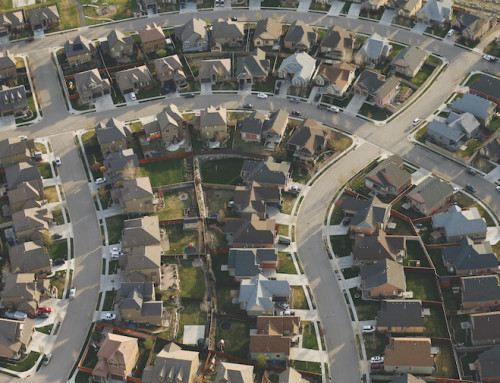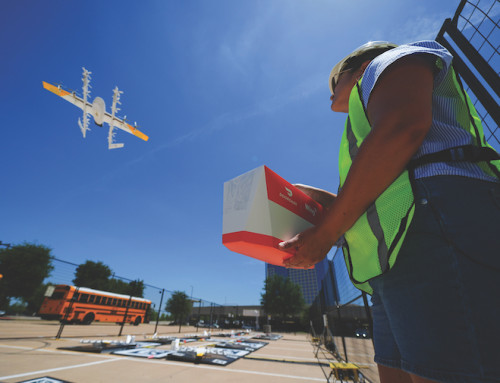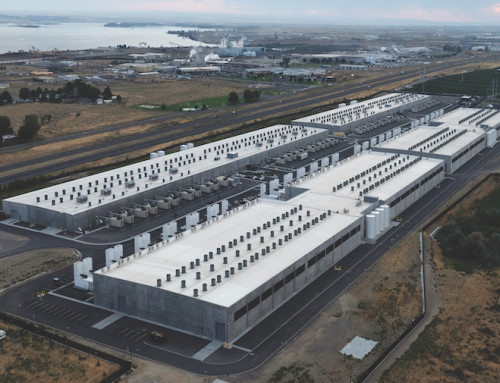Rose Hammond pushed authorities for years to lower the 55 mph speed limit on a two-lane road that passes her assisted living community, a church, two schools and a busy park that hosts numerous youth sports leagues.
“What are you waiting for, somebody to get killed?” the 85-year-old chided officials in northwest Ohio, complaining that nothing was being done about the motorcycles that race by almost daily.
Amid growing public pressure, Sylvania Township asked county engineers in March to analyze whether Mitchaw Road’s posted speed is too high. The answer: Technically, it’s 5 mph too low.
The reason dates back to studies on rural roads from the 1930s and 1940s that still play a role in the way speed limits are set across the countries — even in urban areas.
Born from that research was a widely accepted concept known as the 85 percent rule, which suggests a road’s posted speed should be tied to the 15th-fastest vehicle out of every 100 traveling it in free-flowing traffic, rounded to the nearest 5 mph increment.
After decades of closely following the rule, however, some states — with a nudge from the federal government — are seeking to modify, if not replace it, when setting guidelines for how local engineers should decide what speed limit to post.
The concept assumes that a road’s safest speed is the one most vehicles travel — neither too high nor too low. If drivers think the speed limit should be raised, they can simply step on the gas and “vote with their feet,” as an old brochure from the Institute of Transportation Engineers once put it.
“The problem with this approach is it creates this feedback loop,” said Jenny O’Connell, director of member programs for the National Association of City Transportation Officials. “People speed and then the speed limits will be ratcheted up to match that speed.”
For now, the speed limit in Sylvania Township will remain as it is. That’s because Ohio law sets maximum speeds for 15 different types of roadways, regardless of what the 85 percent rule suggests.
Ohio’s guidelines are evolving. The state now gives more consideration to roadway context and allows cities to reduce speed limits based on the lower standard of the 50th percentile speed when there’s a large presence of pedestrians and bicyclists. Authorities there recently hired a consultant to consider additional modifications based on what other states are doing.
“States have very slowly started to move away from the 85th percentile as being kind of the gold standard for decision-making,” said Michelle May, who manages Ohio’s highway safety program. “People are traveling and living differently than they did 40 years ago, and we want to put safety more at the focus.”
The National Association of City Transportation Officials developed an alternative to the 85 percent rule known as “City Limits,” which aims to minimize the risk of injuries for all road users by setting the speed limit based on a formula that factors in a street’s activity level and the likelihood of conflicts, such as collisions.
The report points out the 85 percent rule is based on dated research and that “these historic roads are a far cry from the vibrant streets and arterials that typify city streets today.”
Amid a recent spike in road deaths across the country, the Federal Highway Administration sent a subtle but important message to states that the 85 percent rule isn’t actually a rule at all and was carrying too much weight in determining local speed limits.
In its first update since 2009 to a manual that establishes national guidelines for traffic signs, the agency clarified that communities should also consider such factors such as how the road is used, the risk to pedestrians and the frequency of crashes.
Leah Shahum, who directs the Vision Zero Network, a nonprofit advocating for street safety, said she wishes the manual had gone further in downplaying the 85 percent rule but acknowledges the change has already impacted the way some states set speed limits.
Others, however, are still clinging to the simplicity and familiarity of the longstanding approach, she said.
“The 85th percentile should not be the Holy Grail or the Bible, and yet over and over again it is accepted as that,” Shahum said.
Although high-speed freeways outside major population centers aren’t the focus of most efforts to ease the 85 percent rule, a 2019 study from the Insurance Institute for Highway Safety illustrates the risks.
Every 5 mph increase to a state’s maximum speed limit increases the chance of fatalities by 8.5 percent on interstate highways and 2.8 percent on other roads, the study found.









